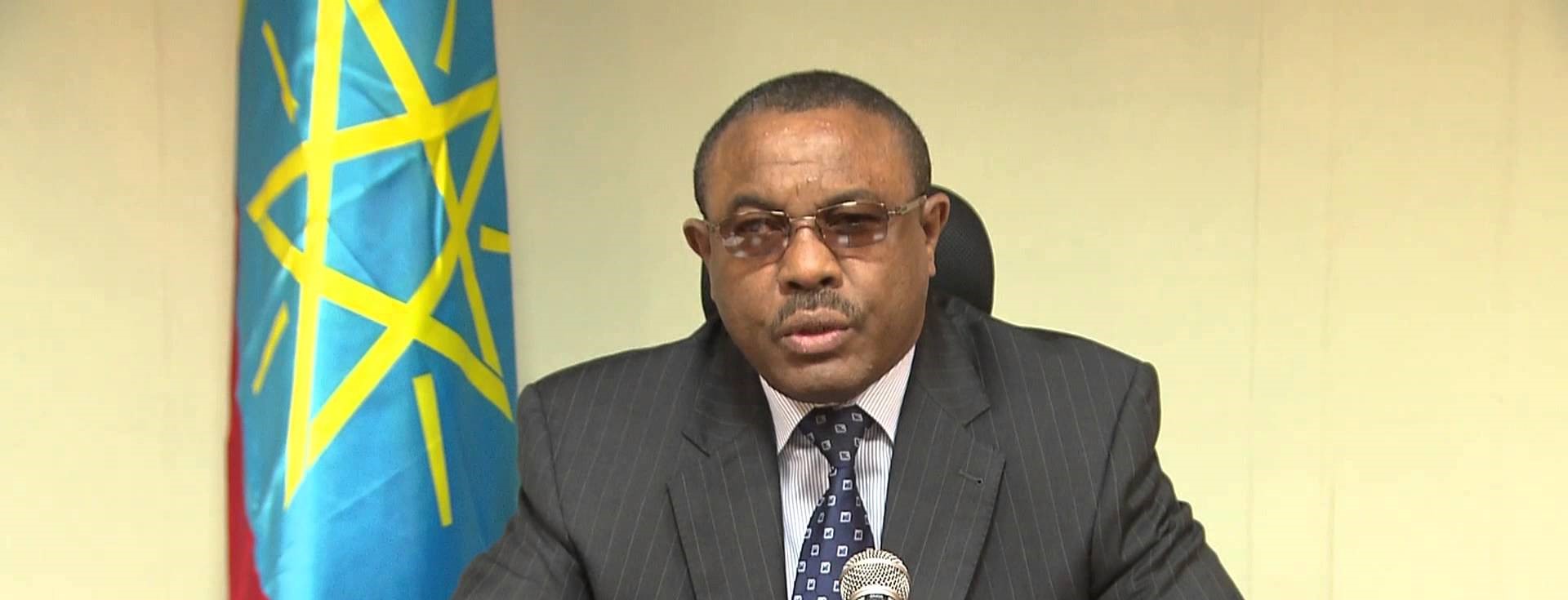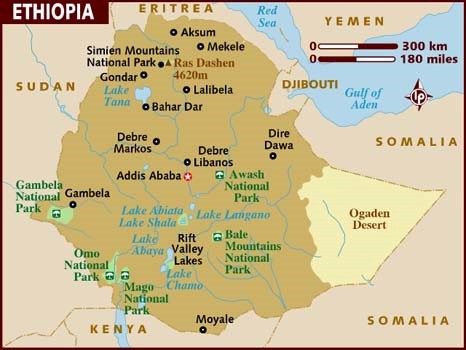The Ethiopian emergency
February 20, 2018 | Expert Insights

On the 15th of February this year, Ethiopian Prime Minister Hailemariam Desalegn announced that he was stepping down. The Prime Minister’s resignation comes after over three years of prolonged protests for political reformation by certain ethnic groups. Following his resignation, the ruling party declared a State of Emergency.
The Omoro and Amhara people of Ethiopia comprise the numerical majority, however, they have long since complained about a lack of representation at decision making levels of the government.
Background
Ethiopia is a landlocked nation in eastern Africa, with a population of over 100 million: the second highest in Africa. Over 70% of the population is dependent on agriculture for livelihood and 80% of the population lives in rural areas.
Ethiopia avoided colonial rule until the 20th century, when it was invaded by fascist Italy in 1935. The occupation lasted 6 years. A revolt returned the former Emperor Selassie to power only to be overthrown by Soviet-backed dissidents in 1974. The Marxist Derg and its leader Colonel Mariam, who was responsible for the “red terror”, ruled for almost two decades, during which time the country saw severe droughts and famines.
In 1991, the Ethiopian People’s Revolutionary Democratic Front (EPRDF) captured the capital from the Derg. The Federal Democratic Republic of Ethiopia was formed. The EPRDF is Ethiopia’s current ruling coalition comprising of four parties: The Oromo Peoples’ Democratic Organization (OPDO), the Amhara National Democratic Movement (ANDM), the Southern Ethiopian People’s Democratic Movement (SEPDM), and the Tigrayan People’s Liberation Front (TPLF). The EPRDF has been accused of wrongful imprisonment of opposition, amongst other human rights violations.
These parties are reflective of Ethiopia’s ethnic diversity. The Omoro (34 .4%) and the Amhara people (27%) are the main ethnic groups in the country, and the official national language is Amharic. Egypt’s old ruling elite were Amhara. The Omoro have not held any high positions of power in modern history. Other important minorities include Tigrayans, SNNPR, and Somalis.
The Tigrayans comprise significant numbers in the ruling coalition (EPRDF) and security forces. The group constitutes only 6% of the population, however, it controls the economy, military, and security of the country. The SNNPR or the Southern Nations, Nationalities, and People’s region, includes over 40 ethnic groups. Acting Prime Minister Hailemariam and Defence Minister Siraj are both from the region. Finally, the Somalis, who occupy a large portion in the East, have historically been anti-state. However, current leadership has ties to the administration in Addis Ababa.
Ethiopia’s first Prime Minister Meles Zenawi was in office from 1995 to 2012. He was succeeded by Hailemariam Desalegn who took office on 20th August 2012.

Analysis
Ethiopia has been home to growing unrest since 2014, when peaceful protests against a development project in Oromo were met with violence from the state. These protests grew into a call for political and economic reform, largely from the regions of Omoro and Amhara, whose people claimed a lack of representation. Hundreds of people were killed during these protests, and over 10 thousand arrested. A 10-month state of emergency was instituted in October 2016. A year later, protests erupted again, with a continued demand for political change and the release of political prisoners.
Since January this year, the country has released over 6,000 political prisoners, including opposition leaders, protesters, and journalists, in an attempt to reduce dissent. However protests have continued.
Ethiopian Prime Minister Hailemariam Desalegn resigned on the 15th of February this year amongst growing political turmoil. “Unrest and political crisis have led to the loss of lives and displacement of many,” he said on Thursday. “I see my resignation as vital in the bid to carry out reforms that would lead to sustainable peace and democracy”.
Hailemariam has often been called a “placeholder” Prime Minister, with few political allies. Inside sources have claimed that the Prime Minister had attempted to withdraw from his post multiple times over the past year. His resignation has left a vacuum as the coalition scrambles to determine a successor.
One of the favourites is Lemma Megersa, leader of the OPDO. Lemma is wildly popular amongst protesting youth and would serve to pacify a number of the protestors. However, he is not an MP, and therefore not constitutionally eligible for the position. Additionally, he is backed by Oromo nationalists, leading to concerns that his rise would encourage violence against minorities. Other options for the post include Deputy Prime Minister Demeke Mekonnen, an Amhara, and Foreign Minister Workneh Gebeyehu.
The next national elections are scheduled to take place only in 2020.
A day after the Prime Minister’s resignation, the government declared a state of emergency. The EPRDF stated that the emergency was “vital to safeguarding the constitutional order”. Some analysts have observed that the current situation may not be grounds to declare an emergency, and that this imposition could be indicative of a military strong-arm within the party.
Assessment
Our assessment is that Hailemariam’s successor will be pressed not only to meet the demands of dissidents, but also to hold together the coalition. These protests are already rooted in ethnic differences, it will be imperative to ensure that they do not spiral into ethnic conflict and violence. We believe that military rule does not bode well for Ethiopian Democracy. Attempts to quell protests have thus far been unsuccessful. How far will the leaders of the EPRDF go to maintain their positions of authority?








Comments